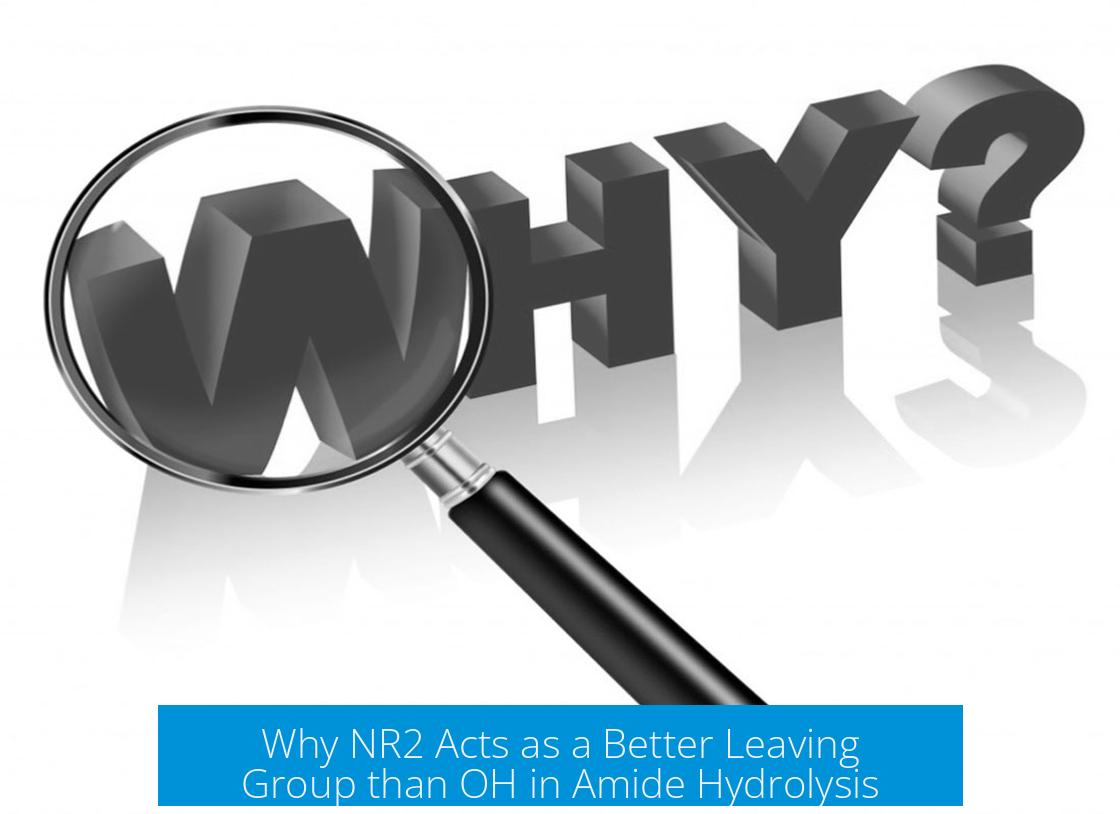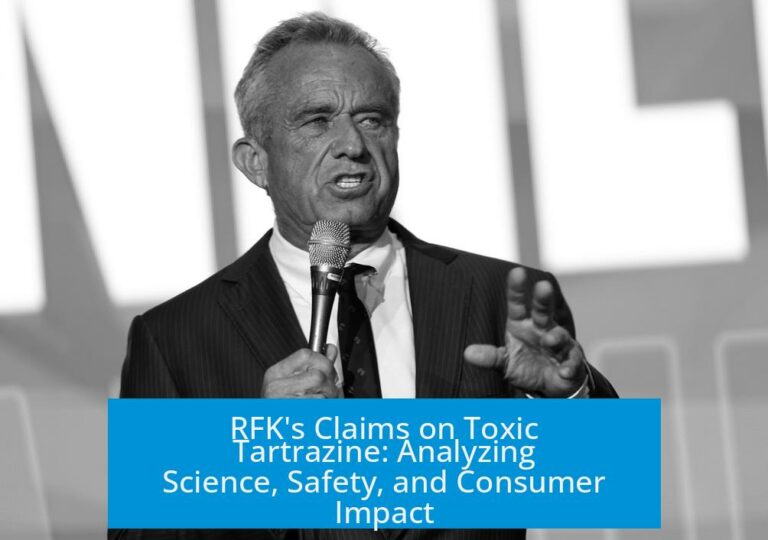Why Does NR2 Leave Instead of OH in Amide Hydrolysis?

NR2 leaves instead of OH because the overall hydrolysis reaction is driven by equilibrium shifts, protonation, solvent interactions, and reaction conditions that make NR2’s departure more favorable, despite NR2 being intrinsically a poorer leaving group than OH.
This question addresses the often counterintuitive observation in amide hydrolysis mechanisms where the amide component (NR2) leaves rather than the hydroxide (OH) group, even though one might expect OH to be a better leaving group under basic conditions. To fully understand this, it is crucial to break down the chemical and mechanistic factors involved.
Leaving Group Ability and Basicity
Leaving group competence depends on both stability and basicity of the group that departs from the intermediate. The amide anion (-NR2) is significantly more basic — approximately 20 orders of magnitude — than the hydroxide ion (-OH). This makes NR2 intrinsically a very poor leaving group compared to hydroxide.
- OH− is generally a terrible leaving group.
- Under neutral or basic conditions, OH usually requires protonation to form water (H2O), which is a much better leaving group.
- Amide anions, being highly basic, should theoretically remain bound and not leave easily.
Despite this, the hydrolysis reaction proceeds through pathways that favor NR2 departure due to external driving forces that alter this inherent preference.
The Role of Equilibrium and Reaction Conditions
Amide hydrolysis is an equilibrium reaction that involves a tetrahedral intermediate. The intermediate can collapse by expelling either the NR2 or the OH group. However, loss of OH leads to regeneration of the starting amide, making it a reversible, non-productive path.
Instead, the pathway where NR2 leaves forms the carboxylic acid, a product that under basic conditions rapidly deprotonates to form the carboxylate anion.
- The carboxylate anion is less electrophilic and thus less prone to revert to the amide, driving the reaction forward.
- High temperature applied during hydrolysis helps overcome the activation energy barrier.
- Excess base maintains conditions favorable to product formation.
- Volatility of the dimethylamine group (NR2 fragment) ensures it escapes the reaction mixture, preventing the backward reaction.
Thus, even though NR2 is a poor leaving group on its own, the irreversible removal of the amine drives the reaction equilibrium forward, aiding hydrolysis.
Protonation and Hydrogen Bonding Effects
A critical step facilitating the NR2 departure is protonation of the amide nitrogen or its interaction with solvent molecules (usually water). Protonation lowers the leaving group’s basicity, increasing its stability when free in solution.
- After the nucleophile attacks the carbonyl, the NR2 group uses its lone pair to abstract a proton from water, converting into a neutral or positively charged species (NHR2+).
- This protonated form leaves more easily than the amide anion.
- Hydrogen bonding from protic solvents stabilizes this transition by partially protonating the NR2 group before it fully departs.
This mechanism has experimental and computational support. It lowers the energetic cost associated with losing a highly basic group. The contrast is that OH leaving as water requires a proton transfer saturating the hydroxyl oxygen, which does not happen readily in basic media without external proton sources.
Impact of High Base Concentrations and Intermediate Deprotonation
Strongly basic conditions influence the intermediate’s stability and ease the departure of NR2 through additional steps:
- The tetrahedral intermediate’s hydroxyl group can be deprotonated to form a dianionic species.
- This increases electron density in the intermediate, destabilizing the bonded NR2 and making its departure more feasible.
- Despite OH becoming even less likely to leave as the dianion, this is beneficial because loss of OH leads to reversing the reaction.
- Deprotonation of the carboxylic acid product to its carboxylate form removes the electrophilicity of the carbonyl carbon, pushing equilibrium forward.
High base and heat conditions are therefore essential to drive hydrolysis to completion and facilitate NR2 leaving despite intrinsic leaving group characteristics.
Thermodynamic Driving Forces Beyond Leaving Group Stability
The overall reaction is thermodynamically favored due to several factors:
- Formation of the stable carboxylate anion from the carboxylic acid effectively removes product from reaction equilibrium, leading to a significant energy gain.
- NR2 is converted into a neutral or protonated amine, which readily leaves the reaction mixture due to volatility or solubility.
- The irreversible removal of the amine disrupts the possibility of the reverse reaction, unlike the hydroxide route.
- High temperature helps surpass the activation barrier needed for hydrolysis.
The resonance stabilization of the COO- group also plays a major role by stabilizing the product and promoting forward reaction kinetics.
Mechanistic Complexity and Variations
Amide hydrolysis mechanisms can vary depending on substrate, solvent, and reaction conditions. Main pathways include:
- Direct, but unfavorable, loss of OH leading back to starting material.
- Protonation and hydrogen bonding of NR2 aiding its departure in a concerted fashion.
- Full protonation of NR2 to form a better leaving group HNR2 before leaving.
- Formation of dianionic intermediates under concentrated base, facilitating NR2 departure.
The actual path depends significantly on the reaction environment and these subtle factors combine to make NR2 loss the productive step in amide hydrolysis.
Summary: Why NR2 Leaves Instead of OH
- The amide ion NR2 is an intrinsically poorer leaving group than OH due to higher basicity and lower stability as a free ion.
- OH− is a poor leaving group unless protonated to water; this rarely occurs under basic hydrolysis conditions.
- Reaction equilibrium favors NR2 departure because it leads to carboxylic acid formation, which is further deprotonated to a non-reactive carboxylate.
- Protonation and hydrogen bonding of the amide nitrogen convert NR2 into a better leaving group (neutral amine), facilitating its departure.
- High temperature and strong base shift reaction equilibrium and activation barriers to favor hydrolysis via NR2 loss.
- Dianionic intermediates formed under strong base promote NR2 leaving by increasing electron density and destabilizing the intermediate.
- Loss of OH results in a reversible reaction, making NR2 loss the productive and thermodynamically favored pathway.
Key Takeaways
- Intrinsic leaving group ability does not always determine which group leaves; equilibrium and reaction conditions matter.
- Amide hydrolysis requires harsh conditions to overcome high activation energy and facilitate NR2 departure.
- Protonation states and solvent interactions are crucial in stabilizing leaving groups.
- Product stability (carboxylate) and amine volatility remove reversibility, driving reaction forward.
- Amide hydrolysis is a multifaceted process with complex mechanistic steps beyond simple leaving group ability.





Leave a Comment